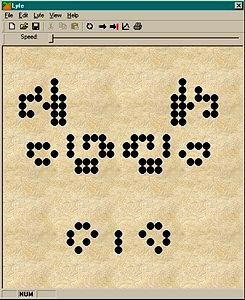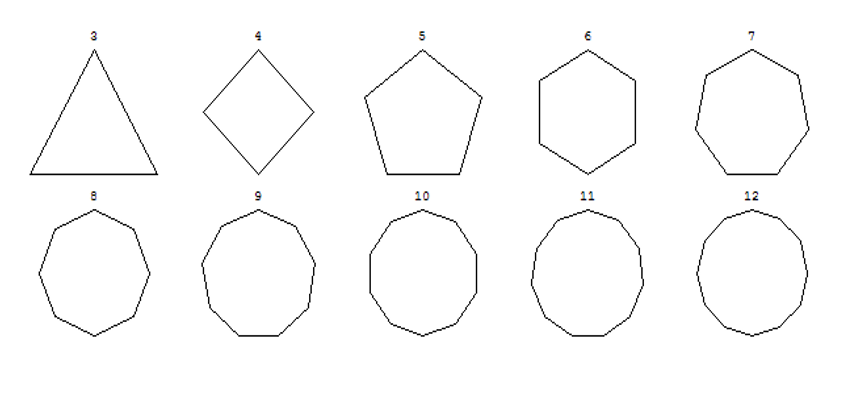That time, the measure of all change, can itself change defies logic, but Einstein showed that time can dilate, so how can the measure of change itself be changed? In calculus, a change in time is dt/dt, which is a constant, so time itself shouldn’t change. That it actually does has led some to conclude that time and space aren’t as fundamental as Newton thought:
“… many of today’s leading physicists suspect that space and time, although pervasive, may not be truly fundamental.” (Greene, 2004), p471.
If time isn’t fundamental, it could be generated, which could explain how it changes, This allows us to reverse engineer time, but to do so, we must specify its nature. In traditional thought, time is:
“… a sort of river of passing events, and strong is its current; no sooner is a thing brought to sight than it is swept by and another takes its place, and this too will be swept away.” M. Aurelius, Meditations, Book IV, (43).
If time is like a river of events, those events specify time, so a time like ours requires events that are:
- Sequential. Events occur one after another.
- Lawful. Current events are based on past events.
- Indeterminate. Future events vary in unpredictable ways.
- Irreversible. Events that have occurred can’t be undone.
That time is like a river requires physical events to be sequential, lawful, indeterminate, and irreversible, so the quantum events that generate them must be the same. If quantum events aren’t sequential, the physical events they generate won’t be either. If quantum events aren’t lawful, the physical events they generate won’t be either. If quantum events aren’t indeterminate, the physical events they generate won’t be either. If quantum events aren’t irreversible, the physical events they generate won’t be either. To create a time like ours, quantum events must be sequential, lawful, indeterminate, and irreversible, but are they? Quantum theory gives the answers.
Sequential
Events are sequential if one event follows another, like a river flowing, and quantum theory tells us that quantum waves:
“… evolve to a finite number of possible successor states” (Kauffman & Smolin, 1997), p1.
If one quantum event follows the next, in succession, they must be finite. In an infinite sequence, one event can’t follow another because there are always other events between them. In quantum theory, each event is a discrete step, so they follow each other sequentially. If quantum events are sequential, they can generate a time that is sequential, like ours.
Lawful
Events are lawful if current events are based on past events, like a river flowing, and quantum theory tells us that quantum events evolve lawfully. Quantum waves spread, overlap, and collapse to physical events only as quantum laws permit, so physical laws can arise from quantum laws. If quantum events operate lawfully, they can generate a time that flows lawfully, like ours.
Indeterminate
Events are indeterminate if they can’t be perfectly predicted from past events, like a river flowing, and quantum theory tells us that physical events are choices. A choice, by definition, has a known before but an unknown after as before the choice, the options are known but the choice result isn’t. If the result of a choice is known beforehand, then it isn’t a choice, so a choice is an indeterminate event. In quantum theory, a photon wave approaches a screen then collapses at a point chosen from the possibilities, in a physical event. No physical history can explain where the photon will hit the screen, so it is a choice. Quantum theory adds that every physical event includes such a choice, so if our world is a quantum machine, it is one with:
“…roulettes for wheels and dice for gears.” (Walker, 2000), p87.
Where and when quantum collapse occurs is random because no physical history can explain it, but the resulting physical event still has a lawful history. If quantum events choose physical events, they can generate a time that is indeterminate, like ours.
Irreversible
Events are irreversible if they can’t be undone, like a river flowing, and quantum theory tells us that quantum collapse is irreversible. All the equations of physics are time reversible, so reversing time doesn’t break any physical laws, so why isn’t our time reversible? Quantum theory doesn’t say why quantum collapse can’t be undone, but if quantum waves are processing waves, it could be because a collapse is a reboot.
When you turn your phone off, then on again, it reboots. It restarts everything from scratch, so any work in progress is lost, unless you saved it. Normal phone events are a sequence so they can be undone, but a reboot can’t be undone because it wipes the slate clean, to start a new sequence. The events before a reboot are gone forever, so it can’t be reversed, just as when quantum waves collapse, the previous wave disappears instantly, so there is no past to revert to. This suggests that quantum collapse is a reboot. If quantum collapse is a quantum wave reboot, it can generate a time that is irreversible, like ours.
In conclusion, if quantum waves spread on the network until a point overloads and reboots in a physical event, quantum reality could generate a time that is sequential, lawful, indeterminate, and irreversible, just like ours. Such a time implies a physis of now.
Next




